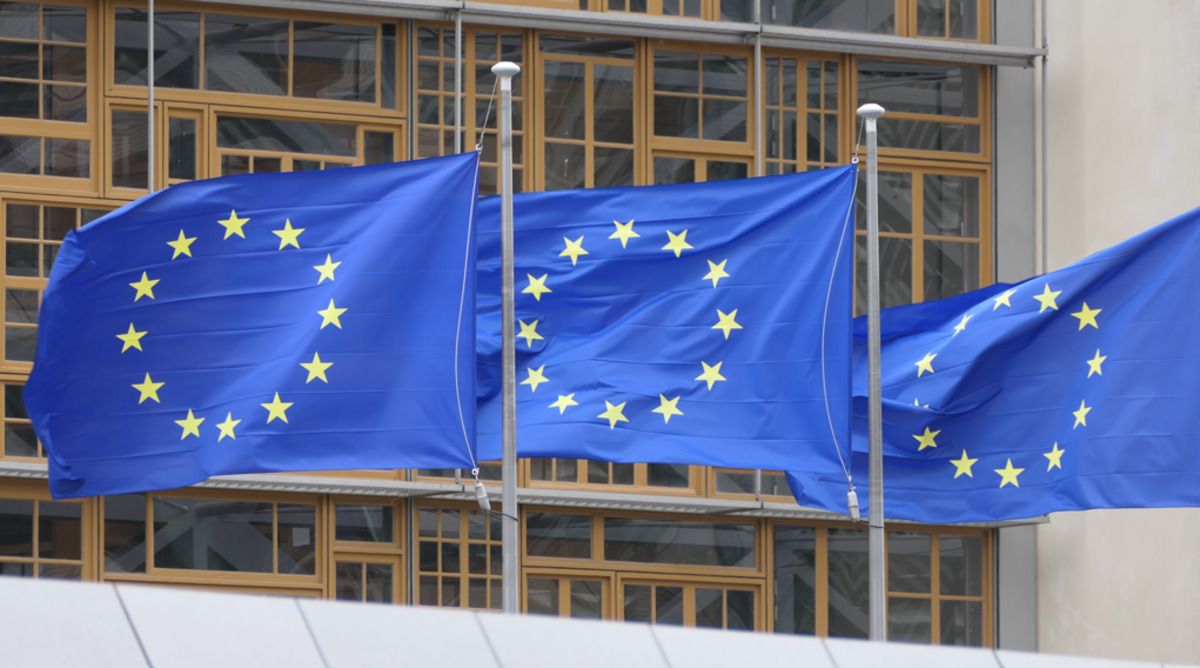EU Explores Centralized Crypto Regulation Under ESMA‑Style Framework
EU Explores Centralized Crypto Regulation Under ESMA‑Style Framework
By
David Goldfarb
Last updated:
November 4, 2025
First Published:
November 4, 2025

Photo: CryptoRank
The Push for Unified Oversight
The European Union is contemplating a centralized regulatory approach for cryptocurrency, drawing inspiration from the United States’ Securities and Exchange Commission model. Traditionally, EU member states have maintained varying standards for crypto compliance, leading to fragmented oversight and inconsistent protections for investors. By exploring a more centralized framework under the European Securities and Markets Authority, policymakers hope to create clarity and foster confidence in the region’s digital asset markets.
Fragmented Rules and Market Confusion
Currently, each EU country has its own approach to cryptocurrency regulation. Some nations encourage innovation with flexible licensing and support for blockchain startups, while others maintain strict restrictions. This patchwork has made it difficult for companies to operate across borders and for investors to navigate legal obligations. A centralized model promises to standardize licensing, reporting, and compliance, creating a more predictable environment for both businesses and consumers.
Industry Divisions and Debate
The proposed shift has sparked debate among European crypto firms. Some welcome the potential for harmonized rules that make cross-border operations simpler and increase investor confidence. Others fear that centralization could stifle innovation, increase bureaucracy, and impose requirements similar to traditional finance that may not suit the fast-moving nature of blockchain technology. These divisions reflect a broader tension between regulatory control and technological freedom.
Implications for Exchanges and Trading Platforms
For cryptocurrency exchanges operating in Europe, centralized regulation could be transformative. Unified standards would allow platforms to operate across member states with a single license, reducing legal complexity and operational costs. However, exchanges may also face stricter scrutiny, including mandatory audits, KYC compliance, and transaction reporting. Companies will need to adapt quickly to remain competitive under these new requirements.
Investor Protection as a Core Goal
One of the primary motivations behind centralized oversight is to enhance investor protection. EU regulators are particularly concerned with safeguarding users against fraud, market manipulation, and security breaches. By applying consistent rules across all member states, authorities aim to prevent high-profile failures that have undermined public trust in crypto globally. Investors could benefit from clearer rights, guaranteed transparency, and access to legal remedies in case of disputes.
Balancing Innovation and Compliance
The EU faces the challenge of designing regulations that promote innovation without compromising security. Too strict a framework could drive startups and blockchain projects to relocate to more flexible jurisdictions, while too lenient an approach could leave consumers exposed. Policymakers are consulting with industry experts, technology developers, and legal advisors to strike a balance that preserves the entrepreneurial spirit of the crypto sector.
Potential for a Pan-European Crypto Market
If implemented, a centralized regulatory model could pave the way for a truly pan-European crypto market. Standardized rules would simplify collaboration between fintech companies, encourage institutional investment, and make Europe an attractive destination for blockchain innovation. Such a market could rival the United States and Asia, establishing the EU as a key player in the global digital finance landscape.
Challenges in Enforcement
Despite its promise, enforcing centralized regulation across diverse member states presents significant challenges. Differences in legal systems, enforcement capacities, and political priorities may hinder uniform application. Authorities will need to coordinate closely to ensure that regulations are implemented consistently and that loopholes do not undermine the intended protections.
Global Repercussions of EU Regulation
Europe’s move toward centralized oversight could have ripple effects beyond its borders. Other regions may study the EU model as a blueprint for harmonizing crypto rules, while international firms may adjust their operations to align with new standards. The EU’s regulatory approach could influence global discussions about how to manage risks while supporting innovation in the cryptocurrency space.
The Future of European Crypto Governance
The EU is at a crossroads in shaping the future of its digital economy. Centralized crypto regulation under an ESMA-style framework represents a decisive step toward coherent, secure, and investor-friendly markets. How policymakers balance innovation, compliance, and enforcement will determine whether Europe can create a robust ecosystem that attracts talent, capital, and technological development for years to come.
Popular articles
Subscribe to unlock premium content
Disney’s Timeless Magic and How the Entertainment Giant Continues to Shape Culture and Innovation

Imran Khan’s Economic Missteps Amid Political Chaos in Pakistan

The Philippines’ Digital Shift How Remittances and BPO Are Fueling Growth

Disney’s Timeless Magic and How the Entertainment Giant Continues to Shape Culture and Innovation

Imran Khan’s Economic Missteps Amid Political Chaos in Pakistan

Disney’s Timeless Magic and How the Entertainment Giant Continues to Shape Culture and Innovation









